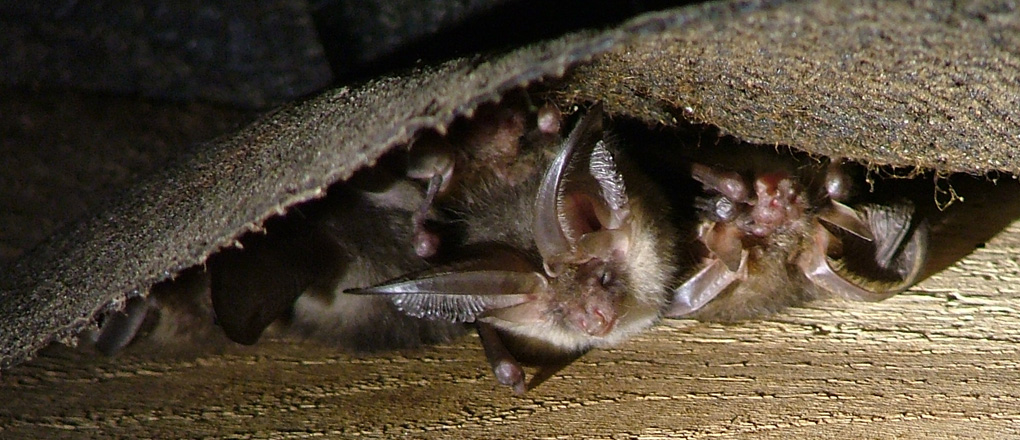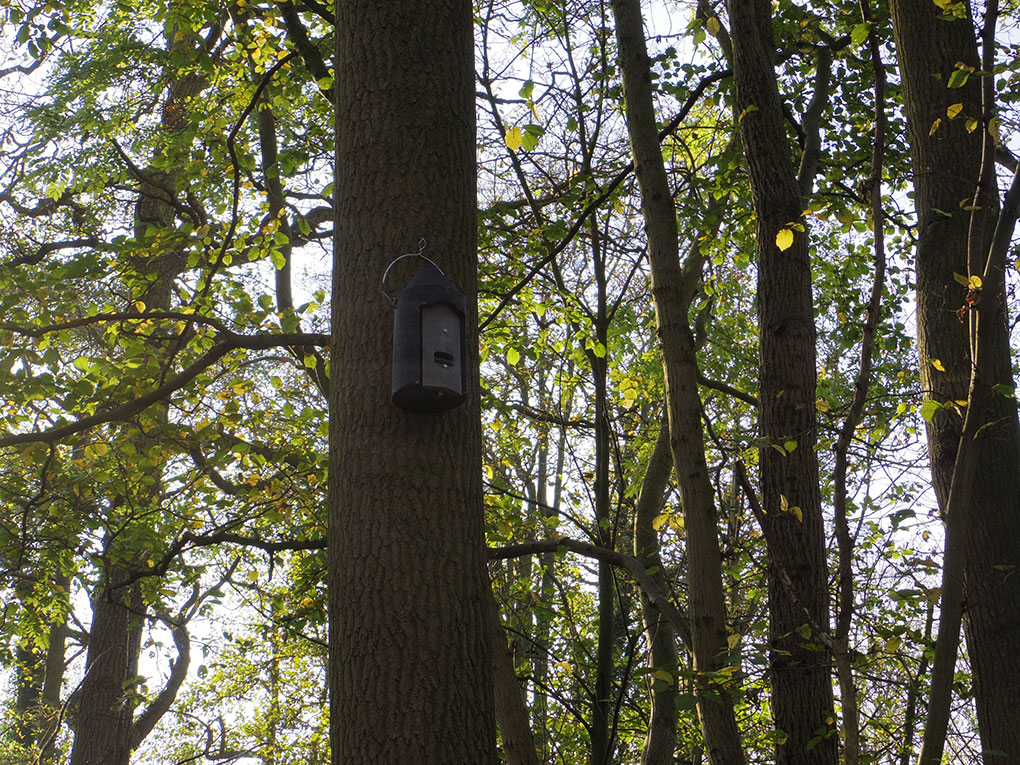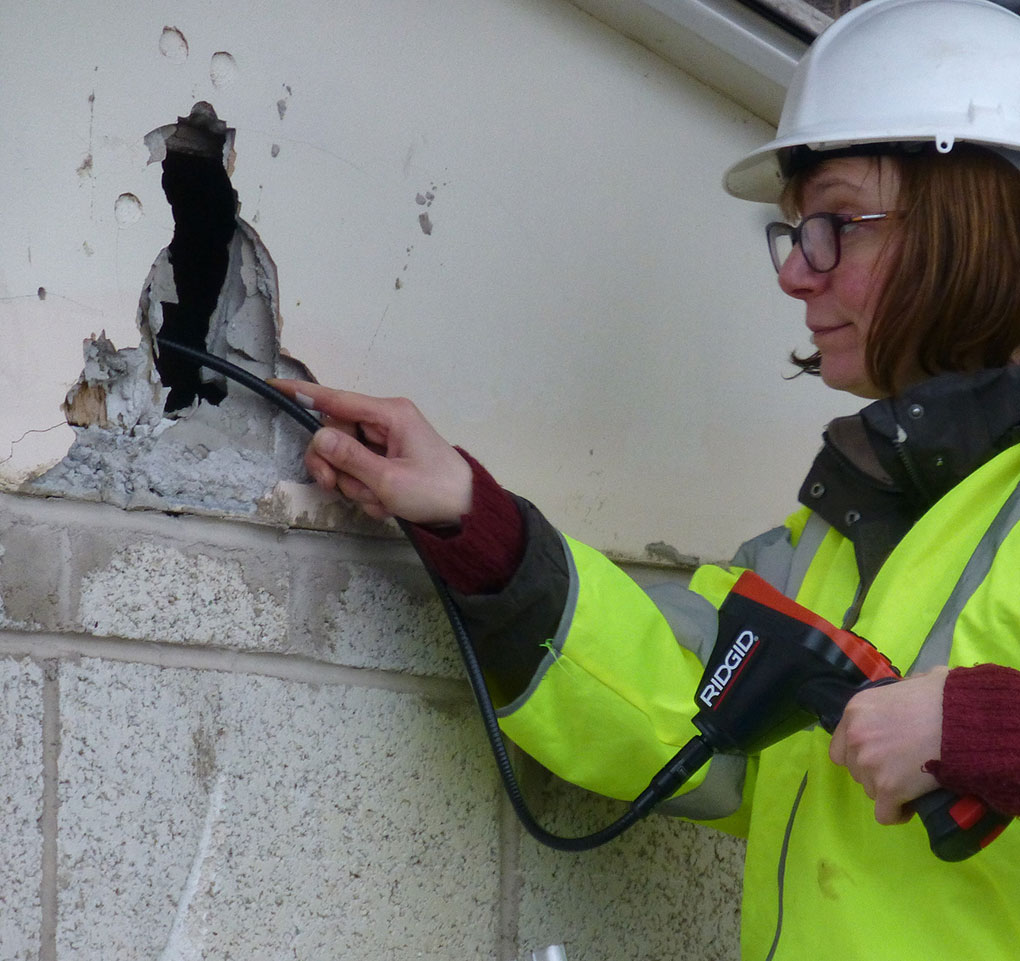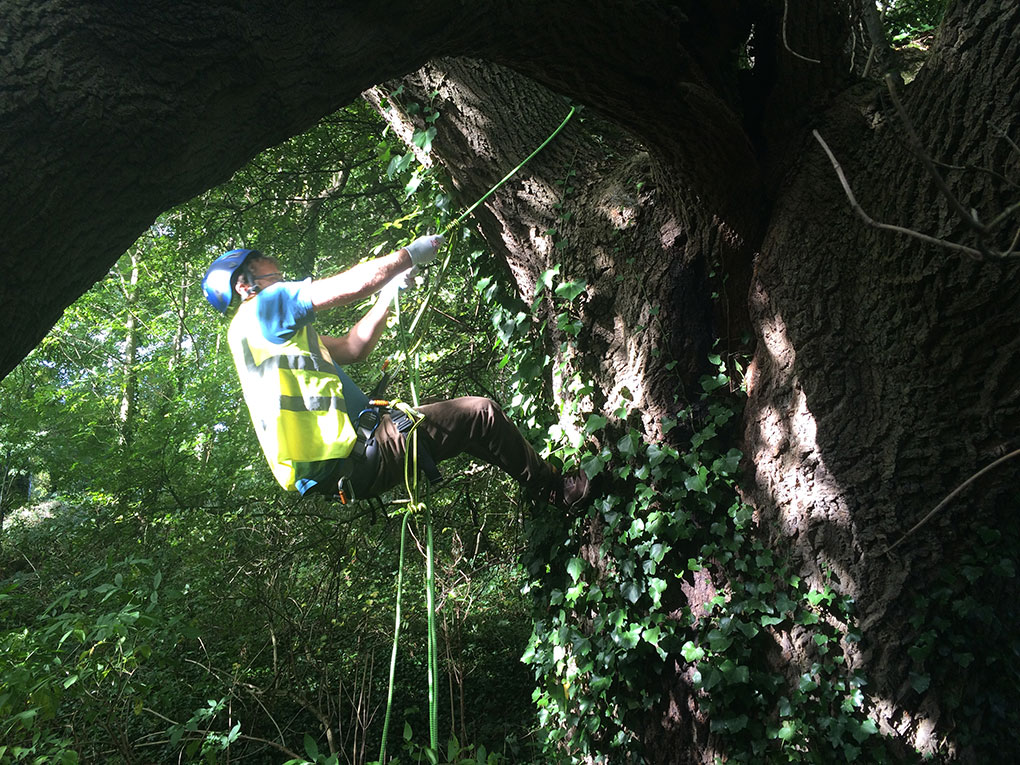
Bat Surveys
Quants is proud of its track record of providing first class bat surveys, licensing and mitigation to clients and bats alike.
We have extensive expertise in this area, having a number of Natural England bat licence holders within the company, offering a range of expertise across most UK bat species.
All bat species and their roosts are protected under law. It is an offence to deliberately kill, injure, disturb or capture bats, or to disturb, damage or destroy their breeding and resting sites – even when the bats are not present.
It is therefore imperative for a developer to comply with the legal protection of bats. We are able to provide best advice, ensuring the necessary surveys and mitigation measures are undertaken at the correct time of year, providing legal protection for you, as well as protection for bats and their habitat.
Bats can roost in barns, buildings, trees and even underground. Wind turbines can also affect bats if they are sited on commuting or foraging routes. Any project must consider the possible impact that the development may have on bats and their supporting habitats. Wherever possible proposals should avoid affecting bats altogether, but if this is not possible, we can recommend suitable mitigation or compensation measures for the planning proposal. If the proposal is likely to affect bats, a Bat Licence can be applied for from Natural England.
Depending on the type of project and time of year, different types of bat survey can be undertaken. We have the skills, capacity and experience to offer the following services:
PRELIMINARY ROOST ASSESSMENTS
A Preliminary Bat Roost Assessment (PRA), Bat Roost Potential Survey or a Scoping Survey is usually the first stage in conducting an assessment for bats. The results of this survey determine the need for further surveys to be undertaken.
This type of survey can be undertaken during the day and at any time of year.
Presence/absence or dusk emergence/dawn re-entry surveys
Bat emergence surveys are usually the second stage in an assessment of bats, and entail surveyors monitoring buildings or trees at dusk and/or dawn for bats emerging and re-entering. In order to support your planning application, it is essential that robust survey data is gathered at the right time of year.
These surveys can only be undertaken between May and September.
Transect and Static Bat Activity surveys
These surveys may be required where development proposals are likely to impact on habitats suitable for bat commuting and foraging. Transect surveys involve ecologists walking predetermined transect routes in order to observe, listen for and record bats in flight away from their roosts using hand held bat detectors and recorders. Automated/static bat activity surveys involve bat detectors being deployed at fixed locations to record bat activity remotely.
These surveys can be undertaken between April/May and September/October.
Tree climbing bat surveys
Being able to climb the tree means a more accurate assessment of actual evidence of bats or of the features that have potential for bats. This likely avoids or reduces the need for more labour-intensive bat activity surveys, meaning an overall cost reduction for the client with no loss of high-quality survey data. Initial surveys are undertaken from the ground. Any trees identified as high potential for bats are followed by an aerial tree survey and endoscopic examination, inspecting the internal conditions of the tree, its features and any bats that might be roosting in it.
Aerial tree surveys for bats can be undertaken at any time of year.
Arrangement of dropping DNA analysis
Determination of a bat species in a roost is often difficult to achieve and can result in unnecessary disturbance to the bats. Knowing which species of bat is present means the correct methodology can be incorporated into any mitigation strategies.
DNA analysis allows a bat species to be identified from their droppings throughout the year.
Browse Protected Species Surveys
Bats play an essential part in the natural world and are indicators of a healthy environment. Their future is directly linked to our quality of life and the quality of our environment – approximately 25% of the world’s bats are threatened with extinction. In the UK, bats face threats ranging from predation to crime and loss of habitat. However, with the right timely advice from our experienced ecologists we can guide you through the process, avoiding unnecessary delays and expense, and providing a better outcome both for your project and for nature.
Further information: Bats: Government advice for making planning decisions
https://www.gov.uk/guidance/bats-advice-for-making-planning-decisions




